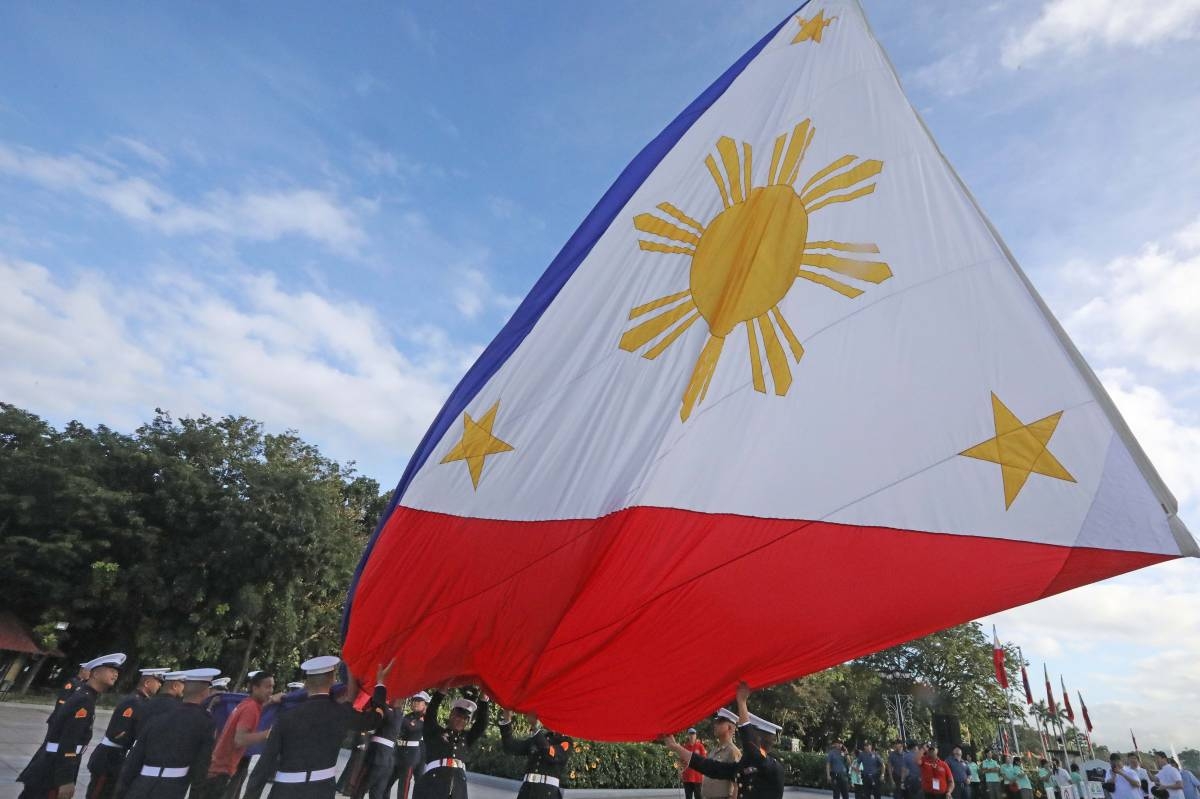A recent survey conducted by independent research firm OCTA Research revealed that a majority of Filipinos, approximately 77 percent, expressed their willingness to fight for the country in the event of a war with a foreign entity. This survey, known as the Tanong ng Masa, provides valuable insights into the sentiments and patriotism of the Filipino people.
The survey results also showed variances in willingness to fight based on age groups. The highest percentage, at 87 percent, was observed among respondents aged 45 to 54. Following closely behind were younger age groups, with 77 percent of those aged 25 to 34 and 35 to 44 expressing their readiness to fight. Even the youngest age group, 18 to 24, showed a significant willingness to fight at 74 percent. Among those aged 65 to 74, the percentage was slightly lower at 69 percent.
The survey question that elicited these responses was straightforward: “If there is a conflict between the Philippines and a foreign enemy, are you ready to fight for your country?” It is encouraging to see such a strong sense of loyalty and commitment among the Filipino people.
However, it is important to note that a minority, approximately 23 percent of the respondents, stated that they would not fight. This diversity of opinions reflects the complexity of individual perspectives and should be respected.
The survey was commissioned by the Armed Forces of the Philippines (AFP) following an incident where the China Coast Guard confronted and fired water cannons at vessels of the Bureau of Fisheries and Aquatic Resources near the Scarborough Shoal. This event likely influenced the survey results, highlighting the impact of real-world incidents on public sentiment.
The survey also provided insights into regional differences in willingness to fight. According to OCTA Research, at least 60 percent of adult Filipinos across major areas expressed their willingness to fight for the country. The highest percentage was observed in Mindanao, with 84 percent, while the lowest was in Visayas, with 62 percent.
Furthermore, the survey revealed that urban areas had a higher percentage of individuals expressing willingness and readiness to fight, at 80 percent, compared to those living in rural areas, at 73 percent. This difference may be attributed to various factors, such as access to information, proximity to potential conflict zones, and differing socio-economic conditions.
In terms of gender, the survey showed that men ranked higher in willingness to fight, at 82 percent, compared to women, at 72 percent. This difference may stem from various factors, including traditional gender roles and perceptions of military service.
It is important to note that the survey was conducted from December 10 to 14, 2023, and involved a sample size of 1,200 adult Filipinos. The margin of error was ±3 percent at a 95 percent confidence level, while estimates for specific geographic areas had margins of error of ±6 percent at a 95 percent confidence level. These statistics provide a level of confidence in the survey results.
The willingness of the Filipino people to fight for their country reflects a deep sense of patriotism and national pride. It is a testament to the resilience and determination of the Filipino spirit. However, it is equally important to foster a peaceful and diplomatic approach to conflict resolution, ensuring that all avenues are explored before resorting to armed conflict.
In conclusion, the Tanong ng Masa survey conducted by OCTA Research provides valuable insights into the willingness of Filipinos to fight for their country in times of conflict. The survey results highlight regional, age, and gender differences in sentiments, reflecting the diverse perspectives within the Filipino population. It is crucial to respect and understand these varying viewpoints while striving for peaceful resolutions to conflicts.







